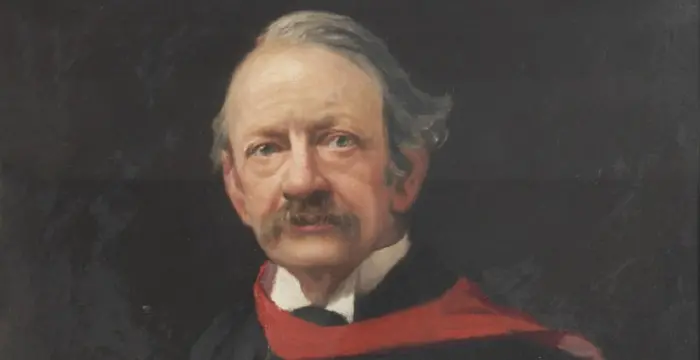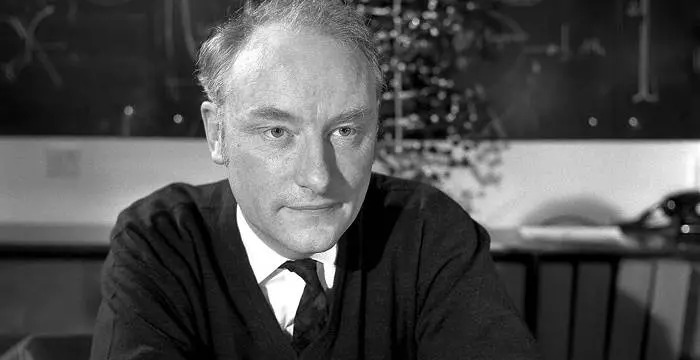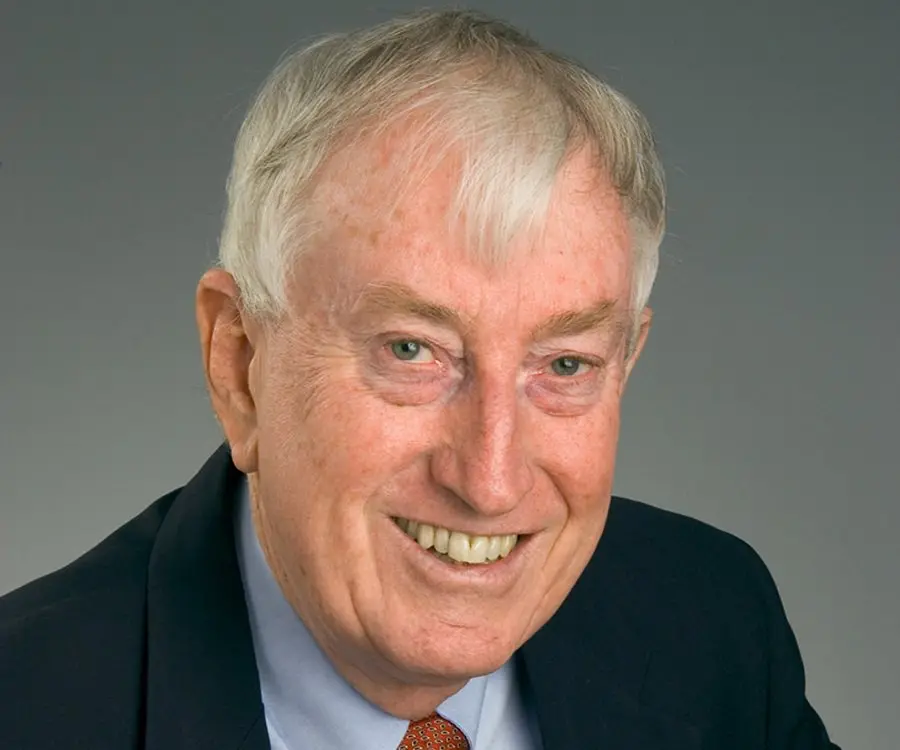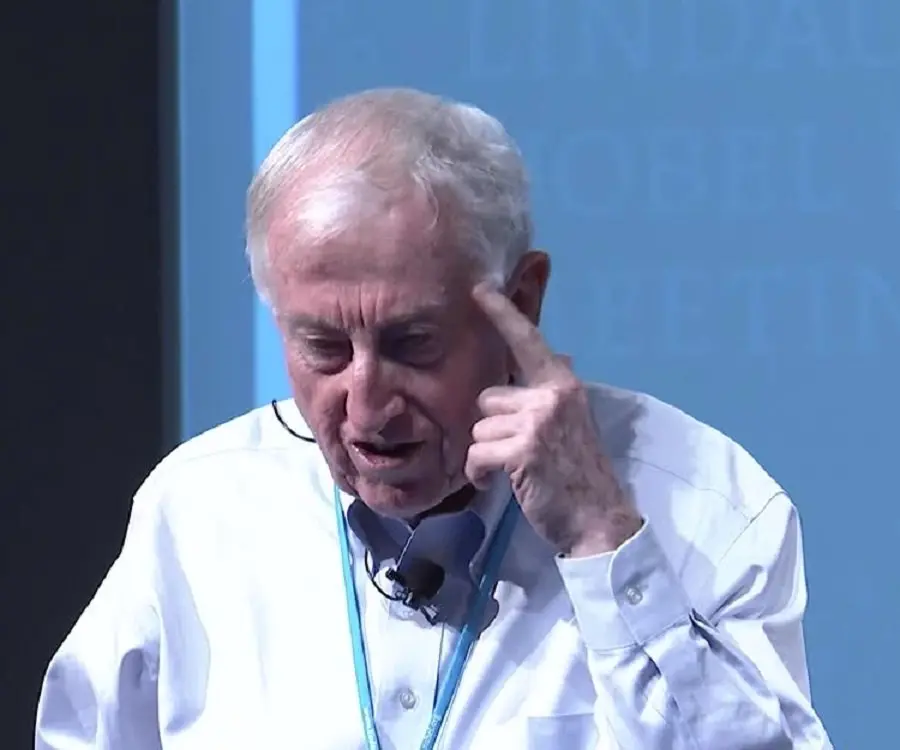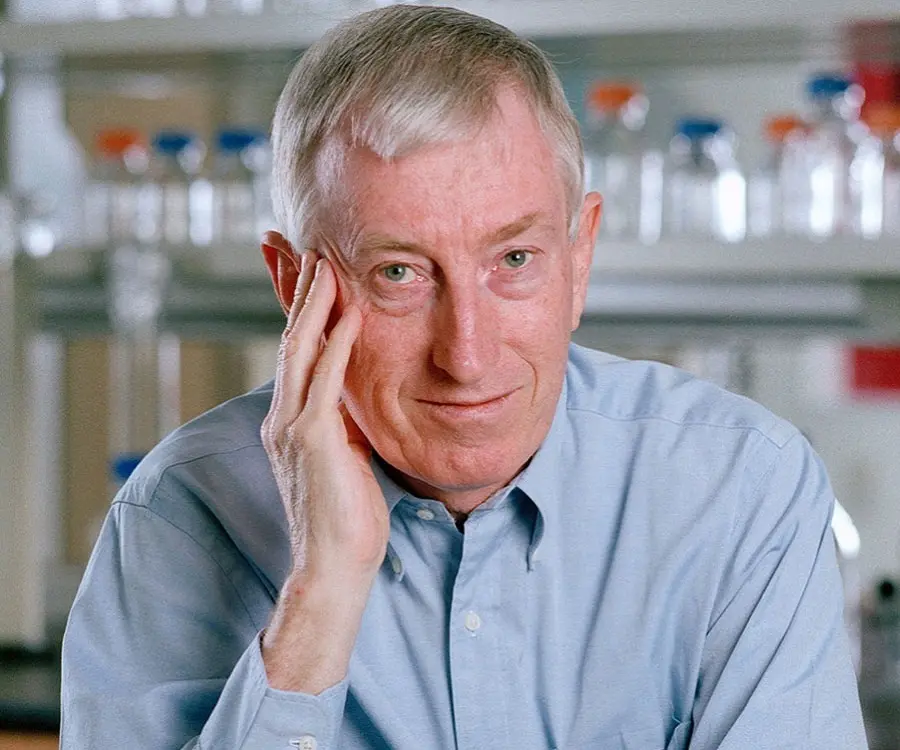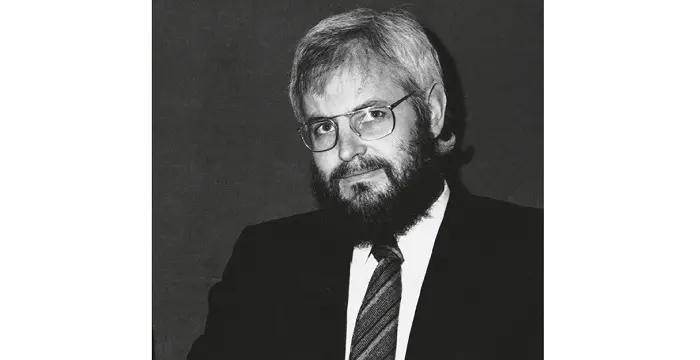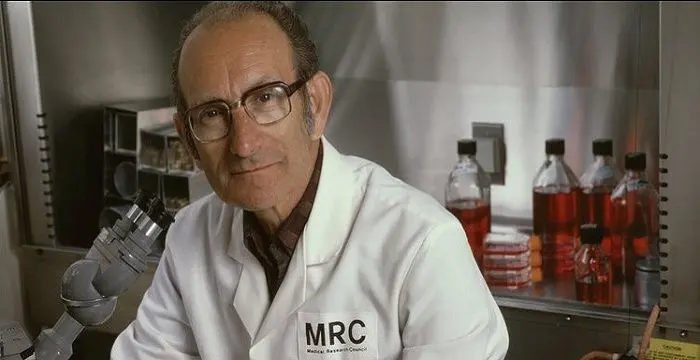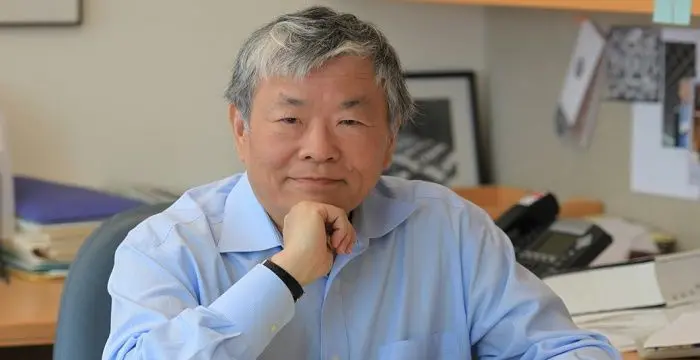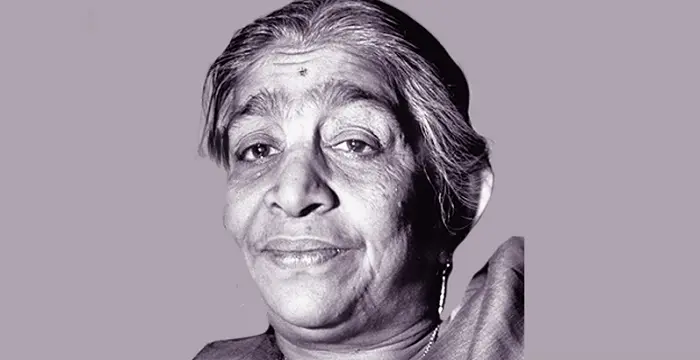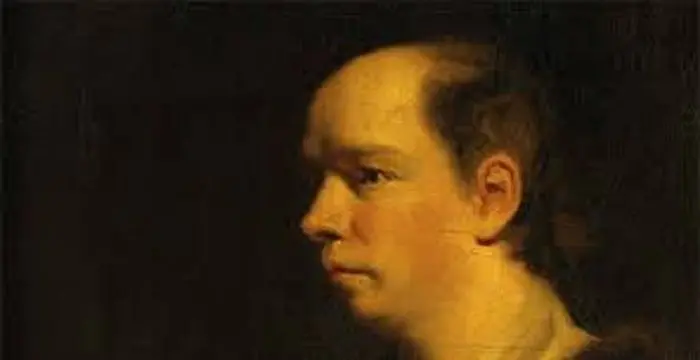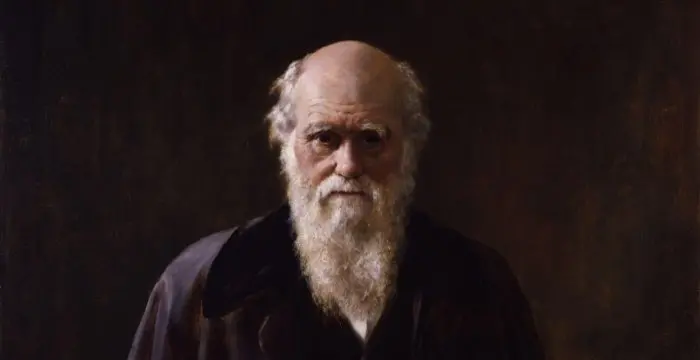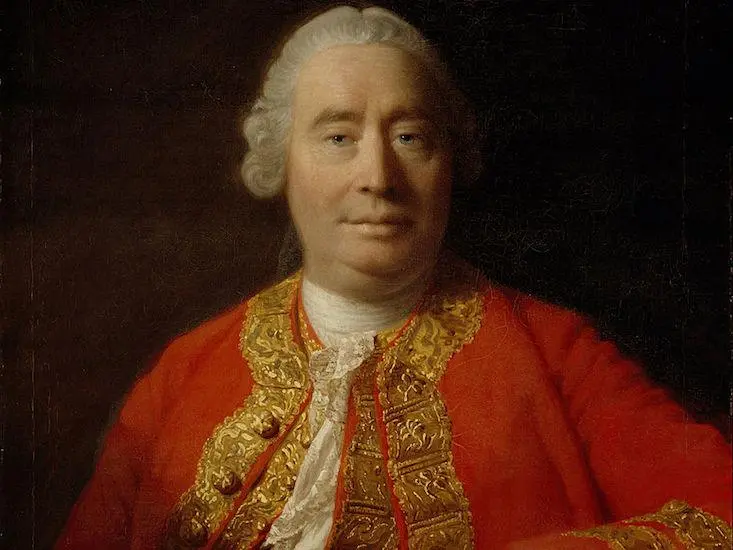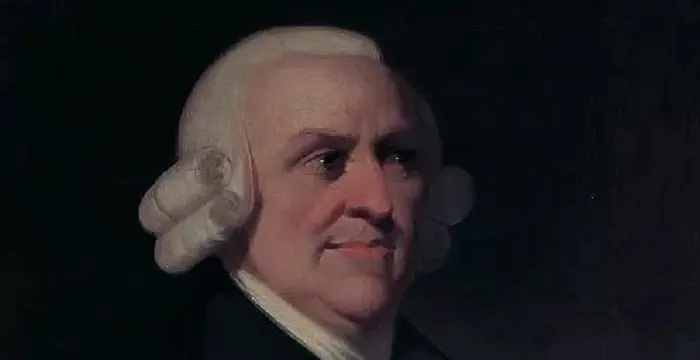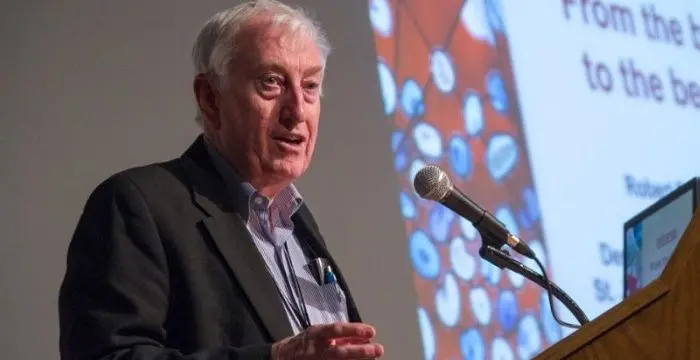
Peter C. Doherty - Nobel Prize Winner, Career and Childhood
Peter C. Doherty's Personal Details
Peter C Doherty is a renowned Australian scientist circle, who was received the Nobel Prize in Physiology for the discovery of how immune system recognizes virus-infected cells
| Information | Detail |
|---|---|
| Nationality | Australian |
| Famous | University Of Edinburgh, University Of Queensland, Scientists, Immunologists, Nobel Prize Winner |
| Spouses | Penny Stephens |
| Childrens | James Doherty, Michael Doherty |
| Universities |
|
| Notable Alumnis |
|
| Birth Place | Brisbane, Australia |
| Gender | Male |
| Father | Eric Doherty |
| Mother | Linda Doherty |
| Born in | Brisbane, Australia |
| Famous as | Scientist, Nobel Prize Winner |
// Famous Nobel Prize Winner
J. J. Thomson
J.J. Thomson was an English physicist and mathematician. This biography profiles his childhood, life, academic career, research and timeline.
Francis Crick
Francis Crick was an English molecular biologist, biophysicist and neuroscientist, who received the Nobel Prize for Medicine. This biography profiles his childhood, life, career, achievements and timeline.
Peter C. Doherty's photo
Who is Peter C. Doherty?
Peter C Doherty is a renowned Australian scientist circle, who was received the Nobel Prize in Physiology for the discovery of how immune system recognizes virus-infected cells. His contribution in the field of immune system has been highly significant. Born in Brisbane, he gained his formal education from University of Queensland where he attained a Master’s degree in veterinary science. Interestingly, he moved to Scotland to pursue his PhD in Pathology from the University of Edinburgh which he eventually received in 1970. Mainly focussing on the area of defence against virus, he is credited for the discovery of cell-mediated immune defence. Currently, he serves as a faculty member of the St Jude Children’s Research Hospital in Memphis and the Department of Microbiology and Immunology at the University of Melbourne. He has authored various articles, delivered numerous public lectures and participated in several scientific discussions.
// Famous Scientists
Juliane Koepcke
Juliane Koepcke is a German-Peruvian biologist, who was the lone survivor among the 92 passengers and crew of the ill-fated LANSA Flight 508 that crashed in the Peruvian rainforest on 24 December 1971. Know more about her life in this biography.
Henry Cavendish
Henry Cavendish was a theoretical chemist and physicist, renowned for discovery of hydrogen and calculation of the mass of earth. To know more about his childhood, profile, timeline and career read on
Konstantin Tsiolkovsky
Konstantin Tsiolkovsky was a Russian rocket scientist and a pioneer of astronautics. This biography provides detailed information about his childhood, family, personal life, career, achievements, etc.
Childhood & Early Life
Peter C. Doherty was born to Linda and Eric Doherty on October 15, 1940 in Brisbane, Queensland. He has a younger brother Ian.
Born in a traditional orthodox family, young Doherty attended Indooroopilly State High School. He completed his formal education and went on to earn his Bachelor degree in Veterinary Science in 1962.
Four years later in 1966, he attained his Master’s degree from the University of Queensland. Thereafter, he moved to Scotland where he gained admission at the University of Edinburgh, to attain his PhD in Pathology.
Career
Upon attaining his PhD in 1970, he returned to Australia where he started research at the John Curtin School of Medical Research in Canberra.
It was while in John Curtin School that he first collaborated with Rolf Zinkernagel, studying the role of white blood cells, known as T lymphocytes in mice infected with a particular type of virus able to cause meningitis. They reached the conclusion that it was the strength of the immune response that caused fatal destruction of the brain cells in mice infected with this virus.
For testing the theory, they mixed the virus-infected mouse cells with T lymphocytes from other infected mice. Interestingly, they discovered that the T lymphocytes did destroy the virus-infected cells, but only those that belonged to a genetically identical strain of mice. Those belonging to other strain were ignored by the T lymphocyte.
His research basically focussed on immune system and how the body’s immune cells protect against the viruses. His research concluded the fact that T cells recognized two signals on an infected cell before destroying it. The first was the fragment of the invading virus that the cell displayed on its surface and the other was how the T cells recognized their target antigens in combination with major histocompatibility complex (MHC) proteins
The duo discovered that the MHC which was formerly believed to be responsible for the rejection of incompatible tissues during transplantation was in fact responsible for the body fighting meningitis viruses too.
Academically, he held the profile of a teacher at the Wistar Institute in Philadelphia for seven years from 1975 to 1982, after which he headed the Department of Pathology at the Curtin School in Canberra from 1982 to 1988.
In 1988, he took up the position of the chairman of the Department of Immunology at the St Jude Children’s Research Hospital in Memphis, Tennessee.
Over his career, he has authored various books including the semi-autobiographical book, ‘The Beginner's Guide to Winning the Nobel Prize’ published in 2005, ‘A Light History of Hot Air’ published in 2007 and ‘Sentinel Chickens’ in 2012.
Currently, he serves as the faculty member for three months of the year at the St. Jude Children's Research Hospital in Memphis, Tennessee at the University of Tennessee Health Science Center. For the rest of the nine months, he works in the Department of Microbiology and Immunology at the University of Melbourne, Victoria
Awards & Achievements
In 1987, he was elected as the Fellow of the Royal Society.
In 1995, he was conferred with America’s top medical award, Albert Lasker Award for Basic Medical Research.
In 1996, he received the prestigious and highly-esteemed Nobel Prize in physiology or Medicine along with Rolf Zinkernagel for discovering how immune system recognizes the virus-infected cells.
A year later, in 1997, he was bestowed with the honor of being named as the Australian of the Year. Same year, he received the title of the Companion of the Order of the Australia.
Personal Life & Legacy
He married Penny Stephens, a microbiology student, in 1965. The couple has been blessed with two sons, James and Michael.
He is the patron of the Peter Doherty Institute for Infection and Immunity. The institution is home to a group of infection and immunology experts who constantly fight against infectious disease in humans.
Trivia
This Australian veterinary surgeon and researcher is the first person with a veterinary qualification to win Nobel Prize for Medicine.
// Famous Immunologists
Georges J. F. Kohler
Georges J. F. Kohler was a German immunologist who received the Nobel Prize in Physiology or Medicine in 1984. Check this biography to get details about his life, profile and timeline.
Cesar Milstein
Cesar Milstein was an Argentinian biochemist who received the Nobel Prize for his discovery of monoclonal antibody. Explore this biography to get details about his life, career and scientific discoveries.
Susumu Tonegawa
Susumu Tonegawa is a Japanese molecular biologist who was awarded the Nobel Prize for Physiology or Medicine in 1987. This biography of Susumu Tonegawa provides detailed information about his childhood, life, achievements, works & timeline.
Peter C. Doherty's awards
| Year | Name | Award |
|---|---|---|
Other | ||
| 0 | Nobel Prize for Physiology (1996) | |
Peter C. Doherty biography timelines
- // 15th Oct 1940Peter C. Doherty was born to Linda and Eric Doherty on October 15, 1940 in Brisbane, Queensland. He has a younger brother Ian.
- // 1962Born in a traditional orthodox family, young Doherty attended Indooroopilly State High School. He completed his formal education and went on to earn his Bachelor degree in Veterinary Science in 1962.
- // 1965He married Penny Stephens, a microbiology student, in 1965. The couple has been blessed with two sons, James and Michael.
- // 1966Four years later in 1966, he attained his Master’s degree from the University of Queensland. Thereafter, he moved to Scotland where he gained admission at the University of Edinburgh, to attain his PhD in Pathology.
- // 1970Upon attaining his PhD in 1970, he returned to Australia where he started research at the John Curtin School of Medical Research in Canberra.
- // 1975 To 1988Academically, he held the profile of a teacher at the Wistar Institute in Philadelphia for seven years from 1975 to 1982, after which he headed the Department of Pathology at the Curtin School in Canberra from 1982 to 1988.
- // 1987In 1987, he was elected as the Fellow of the Royal Society.
- // 1988In 1988, he took up the position of the chairman of the Department of Immunology at the St Jude Children’s Research Hospital in Memphis, Tennessee.
- // 1995In 1995, he was conferred with America’s top medical award, Albert Lasker Award for Basic Medical Research.
- // 1996In 1996, he received the prestigious and highly-esteemed Nobel Prize in physiology or Medicine along with Rolf Zinkernagel for discovering how immune system recognizes the virus-infected cells.
- // 1997A year later, in 1997, he was bestowed with the honor of being named as the Australian of the Year. Same year, he received the title of the Companion of the Order of the Australia.
// Famous University Of Edinburgh
Sarojini Naidu
Sarojini Naidu was an Indian freedom fighter and poet. Read this brief biography to find more on her life.
Oliver Goldsmith
Oliver Goldsmith was an Anglo-Irish essayist and novelist of the 18th century. Go through this biography to know in details about his life, profile, childhood and timeline.
Charles Darwin
Charles Darwin was one of the most influential figures in human history. Go through this biography to get details about his life, profile and timeline.
Robert Louis Stevenson
Robert Louis Stevenson was a famous Scottish poet, novelist and travel writer. This biography profiles his childhood, career, life, achievements, trivia and timeline.
David Hume
David Hume was a Scottish philosopher, essayist and historian, known for his radical philosophical scepticism and empiricism. This biography explores his childhood, family life, facts, achievements, philosophies and timeline.
Adam Smith
Adam Smith was a Scottish Philosopher and Political Economist. Read this biography to learn more about his childhood, profile, life and timeline.
Peter C. Doherty's FAQ
Where is Peter C. Doherty's birth place?
Peter C. Doherty was born in Brisbane, Australia
What is Peter C. Doherty nationalities?
Peter C. Doherty's nationalities is Australian
Who is Peter C. Doherty spouses?
Peter C. Doherty's spouses is Penny Stephens
Who is Peter C. Doherty childrens?
Peter C. Doherty's childrens is James Doherty, Michael Doherty
What was Peter C. Doherty universities?
Peter C. Doherty studied at University Of Edinburgh,University Of Queensland
What was Peter C. Doherty notable alumnis?
Peter C. Doherty's notable alumnis is University Of Edinburgh, University Of Queensland
Who is Peter C. Doherty's father?
Peter C. Doherty's father is Eric Doherty
Who is Peter C. Doherty's mother?
Peter C. Doherty's mother is Linda Doherty
How famous is Peter C. Doherty?
Peter C. Doherty is famouse as Scientist, Nobel Prize Winner
